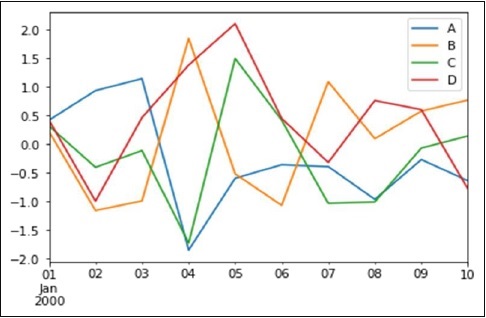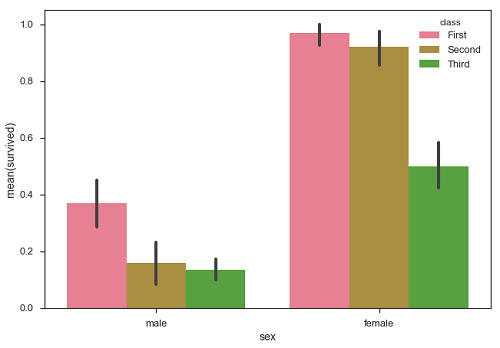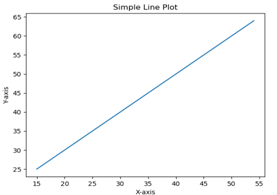Pandas Built in Data Visualization:
import pandas as pdimport numpy as npdf = pd.DataFrame(np.random.randn(10,4),index=pd.date_range('1/1/2000',periods=10), columns=list('ABCD'))df.plot()

- bar or barh for bar plots
- hist for histogram
- box for boxplot
- 'area' for area plots
- 'scatter' for scatter plots
BEST OF LUCK!!!





















.png)
























